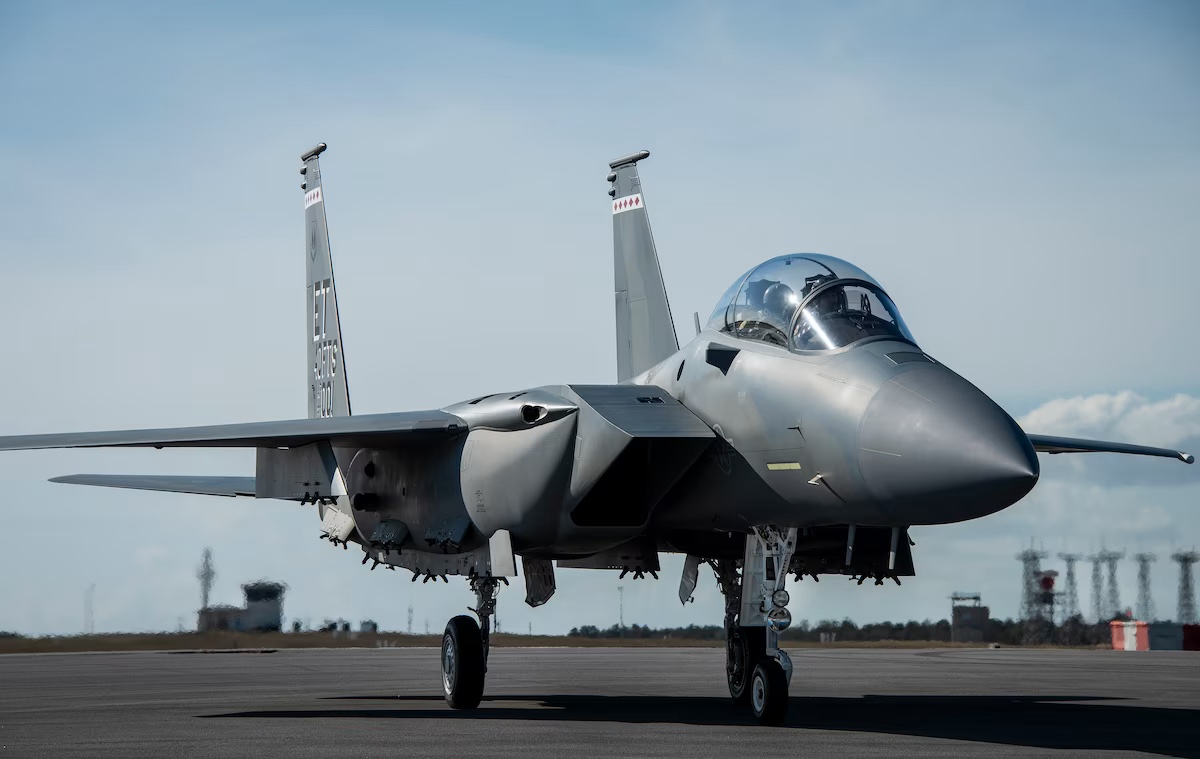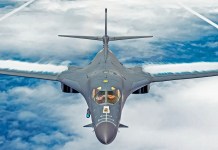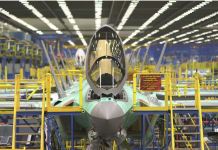The US Air Force marked “the end of an era” with a ceremonial final flight for the F-15C Eagle, tail number A5095, on August 15, 2024, at Kadena Air Base in Japan.
This flight, organized by the 18th Aircraft Maintenance Squadron and the 67th Fighter Squadron, celebrated the aircraft’s departure from the unit and signified the last time A5095 would take to the skies.
The following day, the aircraft was scheduled for demilitarization, highlighting the phase-out of the legendary F-15C Eagles from Kadena.
The final flight of A5095 is part of a broader initiative by the US Air Force to modernize its fleet. As part of this effort, Kadena’s aging fleet of F-15C/D Eagles is being returned to the United States, with a rotational fighter presence being maintained at the base during the phased withdrawal. This shift reflects a strategic move to replace older models with newer, more advanced aircraft.
Since 1979, two F-15 fighter squadrons—the 44th Fighter Squadron and the 67th Fighter Squadron—have been permanently based at Kadena Air Base.

However, on October 28, 2022, the US Air Force announced plans to progressively phase out these aging Eagles over the next two years. The phased withdrawal officially began in December 2022, with the 18th Wing of the US Air Force at Kadena announcing the first departure of several F-15C Eagles to the United States.
The F-15C Eagle is renowned for its capabilities as an all-weather, highly maneuverable tactical fighter. Designed to secure air superiority, the Eagle’s dominance stems from its exceptional acceleration, range, weaponry, and advanced avionics.
Over the years, the F-15C has built a storied legacy, boasting an impressive combat record of 104 wins and zero losses.
Staff Sergeant Clark Pacay, a dedicated crew chief with the 18th AMXS assigned to A5095, reflected on the aircraft’s legacy. “It’s purely a dominant aircraft with 104 wins and zero losses. To me, the F-15C means a long history of tradition with an undying legacy,” he shared.
The service said that the crew members felt proud and deeply connected to the aircraft, as having their names printed on the side of the A5095 served as a meaningful symbol of their bond with it.
Senior Airman Tyler Lewis, the assistant dedicated crew chief for A5095, explained, “It is a sense of pride; it makes you feel like what you’re doing is more important.”
Pacay added, “Having a name on aircraft 5095 or just the F-15 in general holds great value. It gives a sense of pride when you work on the jet, knowing that the Eagle you put in the air is your responsibility and your work. To have your jet come back, complete its mission, and ensure your pilot’s safe return—it means a lot to be a part of the Air Force’s mission.”
F-15EX Set To Replace The Older Aircraft
Following the decision to withdraw the F-15C/D Eagles, the U.S. Air Force began deploying F-35s, F-22s, and other fighters to Kadena Air Base as part of a rotational force. This measure was largely seen as a stopgap until a thorough, long-term strategy for the base’s positioning was formulated.
As the era of the F-15C comes to a close at Kadena, the Department of Defense has selected the F-15EX Eagle II to uphold the tradition of air superiority in the region.
While the F-15EX shares some characteristics with its predecessor, it includes several enhancements that boost its multi-mission capabilities and air-to-air defense.
In July 2024, the Pentagon unveiled a modernization plan that will introduce 36 new F-15EX jets to Kadena Air Base on Okinawa Island. However, this deployment signifies a 25 percent reduction from the previous permanent fighter presence at the base, which consisted of 48 F-15C/Ds.
Yet, the introduction of the F-15EX at Kadena represents a significant upgrade to the U.S. Air Force’s defense structure. Kadena remains a critical hub for projecting air power across the Pacific, ready to support regional allies and respond swiftly to emerging threats.

Kadena’s strategic location in the Asia-Pacific region is becoming increasingly pivotal. This positioning enables a rapid response to potential contingencies, particularly those involving China.
The US officials view Kadena’s proximity to potential flashpoints as a strategic advantage despite China’s growing capability to target military infrastructure with advanced weaponry.
Although the number of fighters will be reduced, the deployment of 36 F-15EX jets is expected to significantly improve the older fleet of 48 F-15C/Ds.
The F-15EX features a more advanced avionics suite, enhanced electronic warfare capabilities, and greater weapons versatility, including potentially new and longer-range munitions.
Additionally, the newer jets are anticipated to require less maintenance, likely resulting in comparable or even improved overall readiness compared to the older F-15 models previously stationed at Kadena.
- Contact the author at ashishmichel(at)gmail.com
- Follow EurAsian Times on Google News




